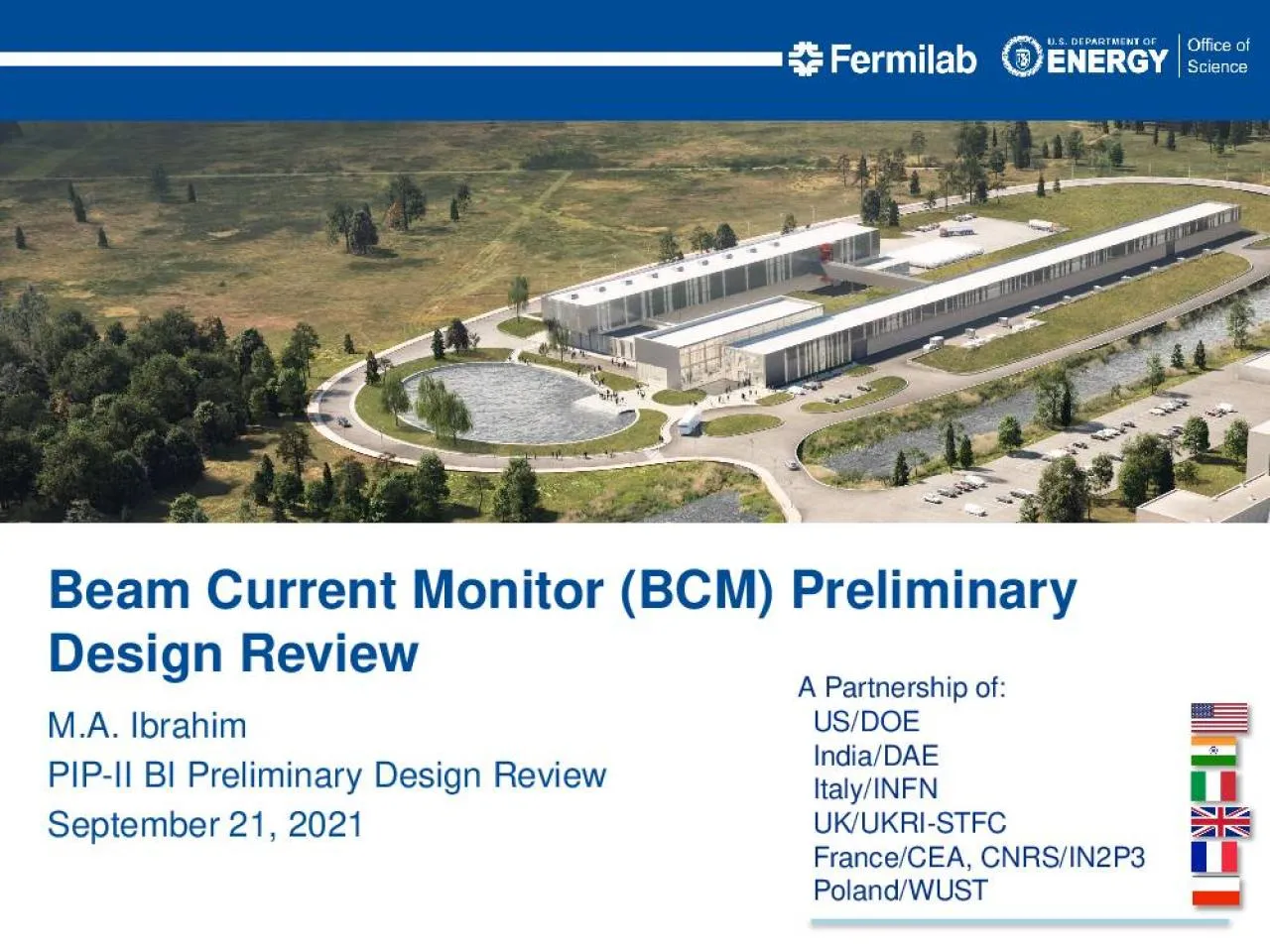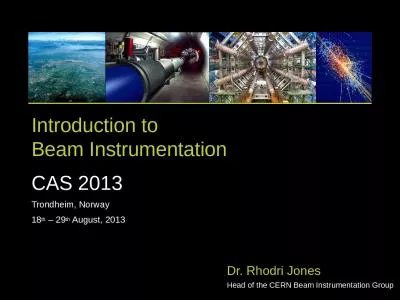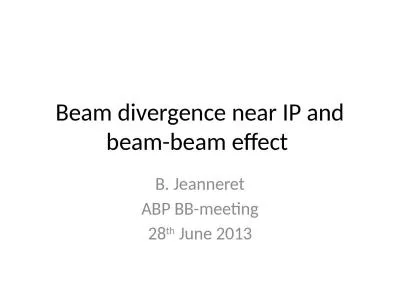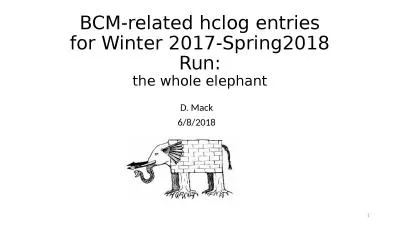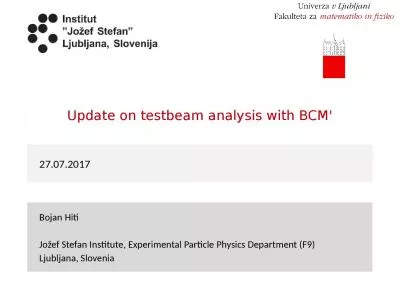PPT-Beam Current Monitor (BCM) Preliminary Design Review
Author : faith | Published Date : 2022-05-31
MA Ibrahim PIPII BI Preliminary Design Review September 21 2021 DOE Scope WBS Definition and Scope System Overview Physics Requirements Functional Requirements Interfaces
Presentation Embed Code
Download Presentation
Download Presentation The PPT/PDF document "Beam Current Monitor (BCM) Preliminary D..." is the property of its rightful owner. Permission is granted to download and print the materials on this website for personal, non-commercial use only, and to display it on your personal computer provided you do not modify the materials and that you retain all copyright notices contained in the materials. By downloading content from our website, you accept the terms of this agreement.
Beam Current Monitor (BCM) Preliminary Design Review: Transcript
Download Rules Of Document
"Beam Current Monitor (BCM) Preliminary Design Review"The content belongs to its owner. You may download and print it for personal use, without modification, and keep all copyright notices. By downloading, you agree to these terms.
Related Documents

